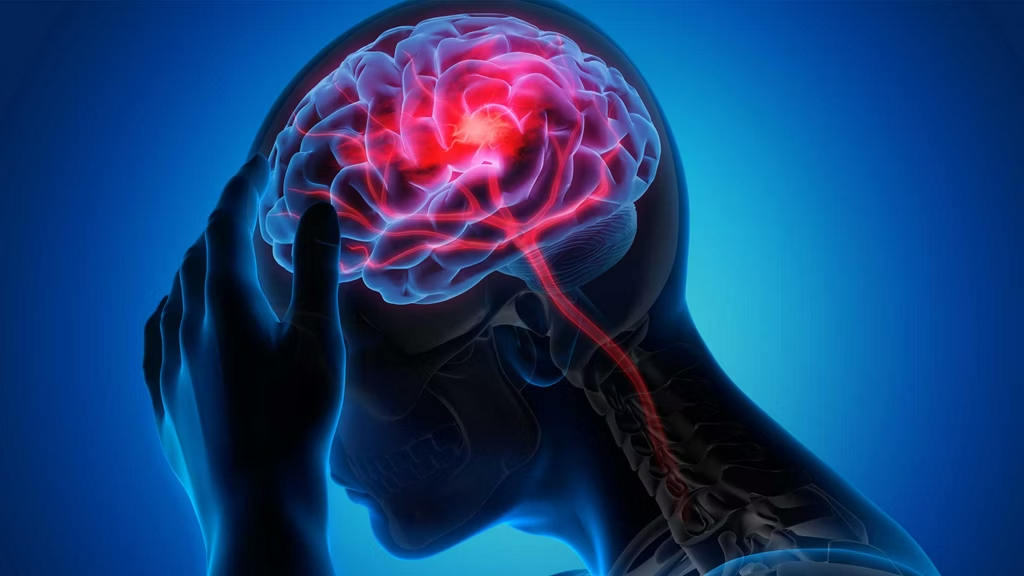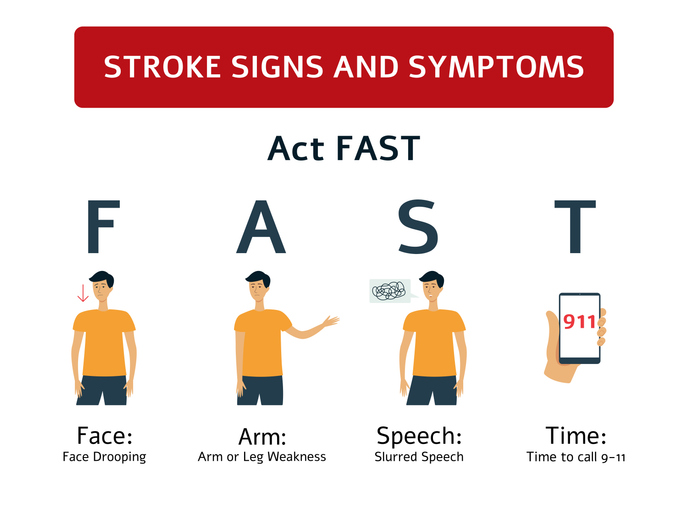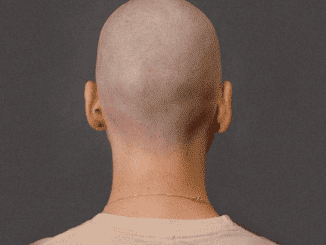A stroke is a serious and potentially life-threatening event that occurs when the blood supply to the brain is interrupted. It’s like a traffic jam in your brain, where the vital oxygen and nutrients can’t get through. This interruption can cause brain cells to die, leading to a range of debilitating effects. Think of it like a power outage in your brain – the longer it lasts, the more damage occurs.

There are two main types of strokes:
- Ischemic Stroke: This is the most common type, occurring when a blood clot or other blockage prevents blood flow to the brain. It’s like a clogged pipe, preventing the flow of water.
- Hemorrhagic Stroke: This type occurs when a blood vessel in the brain bursts, causing bleeding. It’s like a burst pipe, flooding the surrounding area.
A mini-stroke, or transient ischemic attack (TIA), is a temporary blockage of a blood vessel in the brain. While the symptoms may disappear quickly, they serve as a crucial warning sign for a potentially more serious stroke. Think of it as a “practice run” for a full-blown stroke, giving you a chance to take action before it’s too late. Surprisingly, 4 in 10 people who experience a TIA will have a stroke later on.
Who is at Risk?
While strokes can affect anyone, certain factors can increase your risk. It’s important to be aware of these factors and recognize the warning signs associated with strokes.
Risk Factors You Can Control:
- High Blood Pressure: Think of your blood pressure as the force of your blood pushing against your artery walls. High blood pressure puts extra strain on your arteries, making them more prone to damage and blockage.
- High Cholesterol: Cholesterol is a waxy substance that builds up in your arteries. High cholesterol can lead to plaque buildup, narrowing your arteries and reducing blood flow.
- Smoking: Smoking damages your blood vessels, increasing your risk of blood clots and stroke.
- Obesity: Being overweight or obese puts extra strain on your heart and blood vessels, increasing your risk of stroke.
- Diabetes: Diabetes can damage your blood vessels and increase your risk of blood clots.
- Atrial Fibrillation: This irregular heartbeat can cause blood clots to form in the heart, which can travel to the brain and cause a stroke.
Risk Factors You Can’t Control:

- Age: The risk of stroke increases with age, especially after the age of 55.
- Family History: If you have a family history of stroke, you are at increased risk.
- Race: African Americans, Hispanics, and American Indians have a higher risk of stroke than Caucasians.
Knowing the warning signs of stroke can be crucial for getting help quickly. Remember the acronym FAST:
- Face: Is one side of the face drooping?
- Arms: Is one arm weak or numb?
- Speech: Is speech slurred or difficult to understand?
- Time: If you see any of these signs, call 911 immediately. Time is brain!

The type of treatment you receive will depend on the type and severity of the stroke, as well as the affected area of the brain. The goal is to restore the blood supply to the brain as quickly as possible. This may involve medication to dissolve blood clots, surgery, or other interventions.
After the initial treatment, you may need additional long-term care to prevent future strokes and aid in recovery. This may include medication to prevent blood clots or lower blood pressure, as well as physical therapy, speech therapy, and occupational therapy to help you regain lost function.
Stroke is a serious condition that can have devastating consequences. However, understanding the risk factors, recognizing the warning signs, and acting quickly can significantly improve your chances of survival and recovery. Don’t ignore the warning signs – remember FAST and call 911 immediately if you suspect someone is having a stroke. Time is brain!


